Mental Practice
We all have strategies on how to practice when time is short. There are times, however, when even a short practice session is not feasible. In times such as this, mental practice can be a valuable tool. Mental practice is also valuable as a regular part of your sessions. For such practice to be valuable, your visualizations will need to include both detail and repetition.
The following short excerpt can serve as an example:
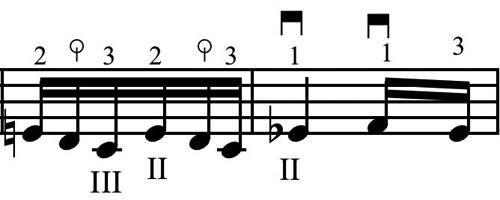
Let’s suppose that when we play the first note of the second bar, the following problems occur:
- The fingering is flat, causing the note to be out of tune
- The vibrato is tense and uncontrolled
Without your instrument, visualize yourself playing the passage above. Especially focus on the problem note, Eb. Mentally see your finger in the proper shape, loose, vibrating freely and evenly. Hear the note in tune, with a ringing resonant tone. Clearly visualize the remaining fingers of your hand in the proper shape, free of excess tension.
See your thumb relaxed as well. Picture this in color with as much detail as possible; include every wrinkle and imperfection of your hand. Mentally feel the sensations as if you were actually playing this note. View it from multiple angles and in multiple sizes, as if you had multiple cameras at your disposal. See it in 3D. Feel the sensations not only of your fingers but also of your entire body. Hear every tone, articulation and pitch clearly. Replicate the exact sensations you would feel when successfully playing the Eb at your instrument. Be as detailed in your mental picture as possible. Repeat this until you can easily visualize several times in a row.
During mental practice, you will tend to experience the same strengths and weaknesses you exhibit when actually playing the instrument. For example, if you commonly play a wrong note in a passage, or use an incorrect fingering, you will find you do this in your mental practice as well. You can use your mental practice to remedy any such errors. By doing so, the next time you play the passage at the instrument you should find the error remedied.
Although you can use mental practice to fix errors already in existence, it can be equally powerful to mentally practice a piece before you pick up your instrument. Visualize in great detail how you wish to perform a certain passage. Hear, see and feel in as much detail as possible before you put the instrument in your hands.
If visualization is a technique new to you, it may take some time to accurately and clearly create your mental picture. The more you do this type of work, the easier it will become. It should be noted, however, that mental practice cannot be done without both understanding experiential knowledge of a positive outcome. Put more simply, if you have never felt a relaxed bow arm you can’t accurately visualize it. As such, merely thinking about it won’t cause you to be more relaxed. If it could then we would all be star athletes. You must be able to replicate the activity mentally in great detail, which requires both understanding and knowledge of your task. In this case, playing the bass.
Dr. Donovan Stokes is on the faculty of Shenandoah University-Conservatory. Visit him online at www.donovanstokes.com and check out the Bass Coalition at www.basscoalition.com.
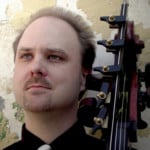
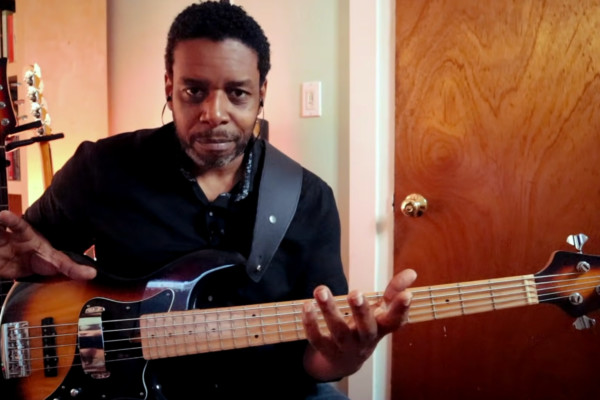
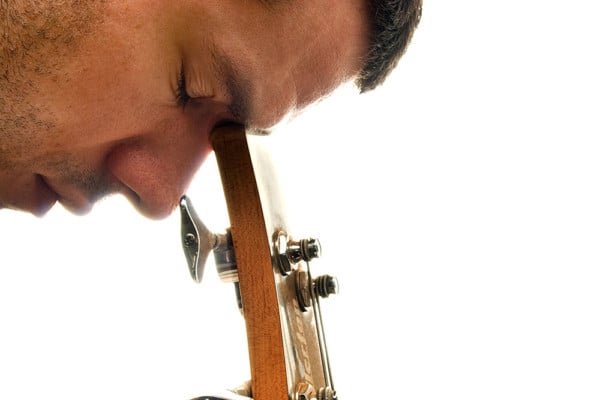
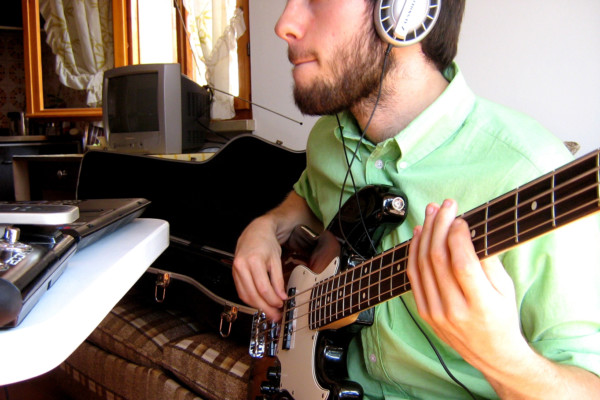
I like how on the website ‘No Treble’ – this is written in treble clef… aside from that, useful piece.
Thank you Donovan…very few bass players rarely share how important it is or how to mentally practice without your bass…
Thank you for the examples and breaking it down…
Pat G